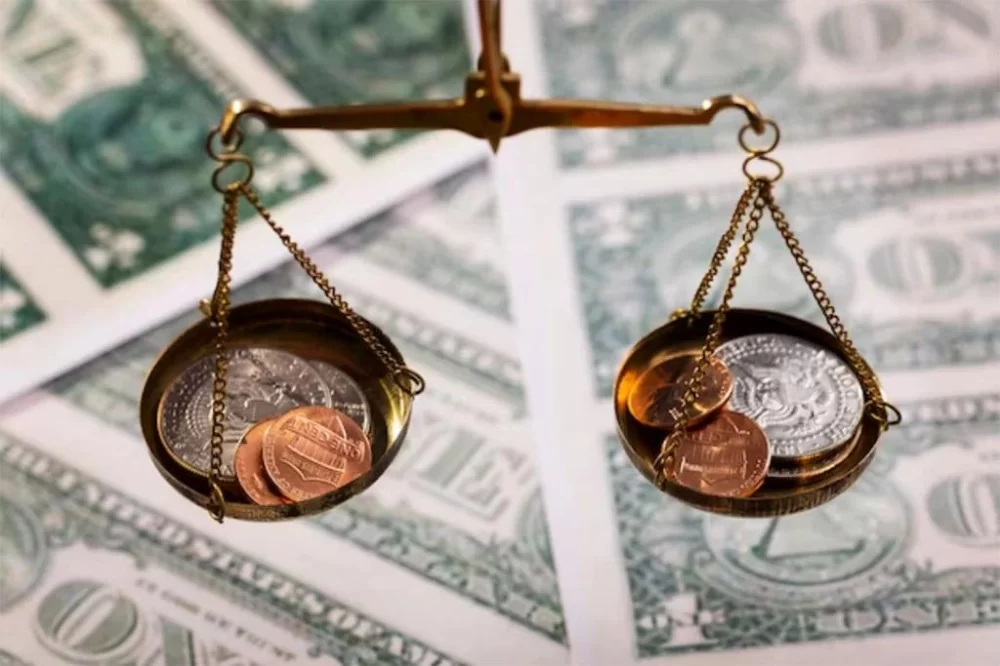
- What Is Priority of Claims in Bankruptcy Distribution
- How Creditor Hierarchy Works in Bankruptcy
- Detailed Breakdown of Claim Priorities
- Real-Life Cases Demonstrating Claims Priority
- Importance of Professional Guidance in Bankruptcy Cases
1. What Is Priority of Claims in Bankruptcy Distribution
When a business or individual files for bankruptcy, their assets are often insufficient to cover all outstanding debts. In such cases, the process of distributing the debtor’s available assets among creditors follows a strict legal framework known as the priority of claims in bankruptcy distribution. This framework dictates the order in which creditors are paid, ensuring a fair and transparent system that recognizes the different legal statuses and rights of various claimants.
Understanding this priority system is essential not only for creditors seeking repayment but also for businesses facing insolvency. It helps manage expectations and informs strategic decisions regarding debt collection and negotiations during bankruptcy proceedings.
Why Priority Matters in Bankruptcy
The fundamental principle behind prioritizing claims is fairness, but also practicality. Creditors with secured interests, such as mortgages or liens, have collateral that must be honored first, while unsecured creditors typically receive payments only after secured and preferential claims are satisfied. Without such an ordered approach, chaos and disputes could delay or diminish recoveries for all involved.
2. How Creditor Hierarchy Works in Bankruptcy
The creditor hierarchy in bankruptcy is a structured ranking system that determines the sequence of payments. This hierarchy is legally mandated and varies somewhat by jurisdiction, but most systems follow a similar pattern:
2.1 Secured Creditors
Secured creditors hold claims backed by specific assets. Because they have legal rights to collateral, they generally receive the highest priority. For example, a bank with a mortgage on a company’s property will be paid from the proceeds of that property’s sale before others.
2.2 Priority or Preferential Creditors
Next in line are preferential creditors, often including certain tax authorities, employees owed wages, or claims related to child support. These claims are given special status because of public policy considerations and legal protections.
2.3 Unsecured Creditors
Unsecured creditors, who do not have collateral backing their claims, are paid after secured and preferential creditors. This group may include suppliers, service providers, and bondholders. Their recovery depends heavily on what remains of the debtor’s estate.
2.4 Equity Holders
Shareholders or equity holders are last in line, often receiving little or nothing in bankruptcy distributions. Their interests are subordinate to all creditor claims, reflecting their residual stake in the company.
3. Detailed Breakdown of Claim Priorities
To fully grasp the nuances of bankruptcy distribution, it is helpful to explore each category in detail:
3.1 Secured Claims and Their Enforcement
Secured creditors can enforce their claims by liquidating the collateral directly or through court processes. Sometimes, they may accept “cramdowns,” where they agree to less than the full value of the secured asset but maintain priority status. Understanding this flexibility can guide negotiations in bankruptcy cases.
3.2 Preferential Claims: Legal Protections and Limits
Preferential claims are often limited by statutory caps and specific qualifying criteria. For example, wage claims might only cover a certain number of months prior to bankruptcy. Tax claims may also have different priorities depending on the tax type and jurisdiction.
3.3 Treatment of Unsecured Creditors
Unsecured creditors must often form committees or collectively negotiate repayment plans. Their power in bankruptcy proceedings is limited, but strategic coalition-building can improve their recovery chances. It’s also important for unsecured creditors to understand when to accept settlement offers or push for litigation.
4. Real-Life Cases Demonstrating Claims Priority
A notable example that illustrates the priority of claims in bankruptcy distribution is the 2008 bankruptcy of Lehman Brothers. Secured creditors were able to recover significant amounts from pledged collateral, while unsecured creditors faced substantial losses. The prioritization framework enabled an orderly distribution despite the massive scale of assets and liabilities involved.
Another case involved a family-owned retail business that declared bankruptcy after sudden market downturns. Employees owed back wages were prioritized over suppliers’ unpaid invoices, which caused friction but followed legal mandates. The business owners relied on expert legal advice to navigate these challenges effectively, highlighting the importance of professional guidance.
5. Importance of Professional Guidance in Bankruptcy Cases
Bankruptcy proceedings are complex, involving detailed legal and financial considerations. Misunderstanding the priority of claims in bankruptcy distribution can lead to lost recovery opportunities or costly mistakes. Consulting with experienced professionals, such as those at ESPLawyers, ensures that creditors and debtors alike can protect their interests efficiently.
Whether negotiating settlements, filing claims, or planning debt restructuring, expert advice helps clarify rights and obligations within the bankruptcy framework. This strategic approach minimizes uncertainty and fosters better outcomes for all parties involved.








